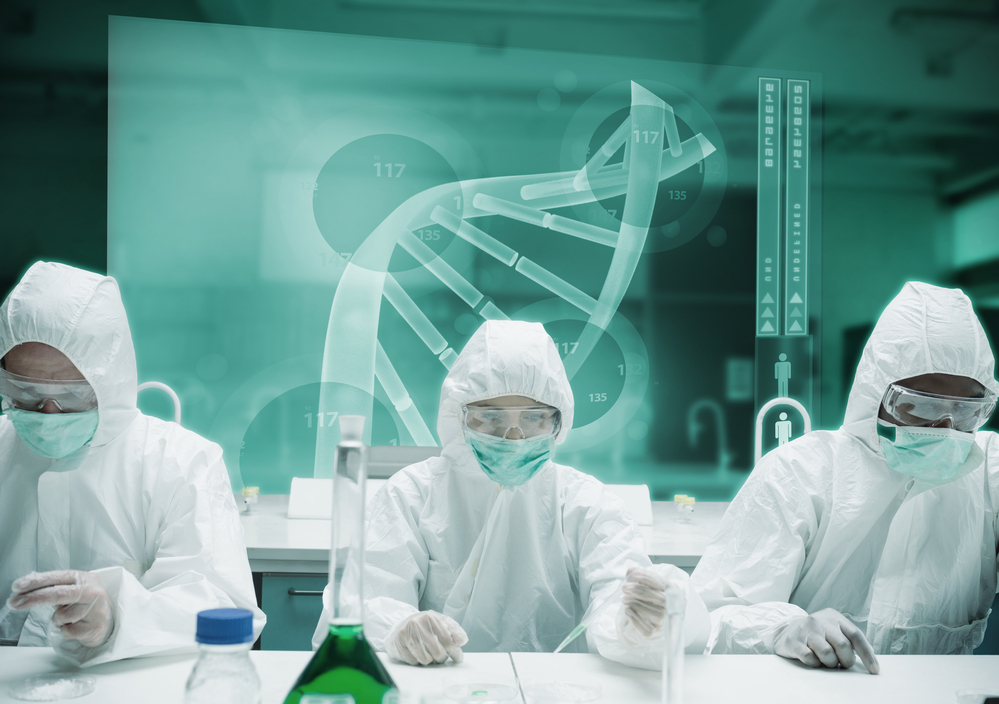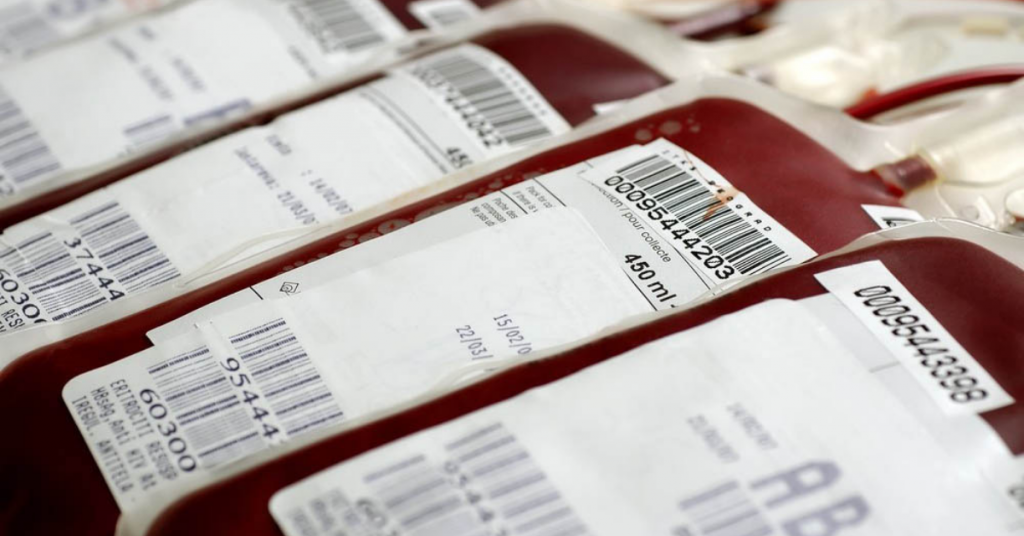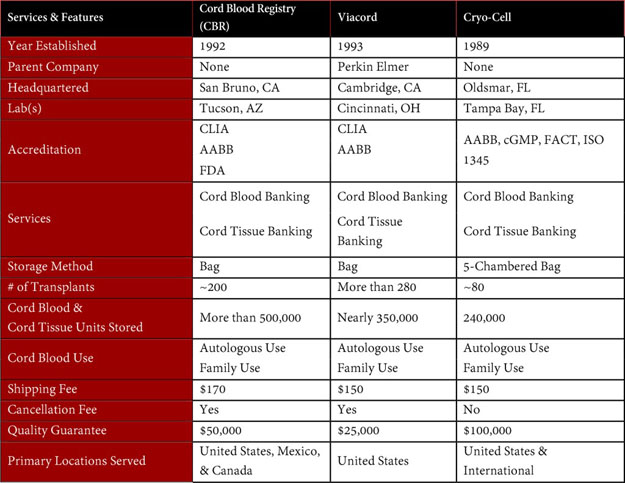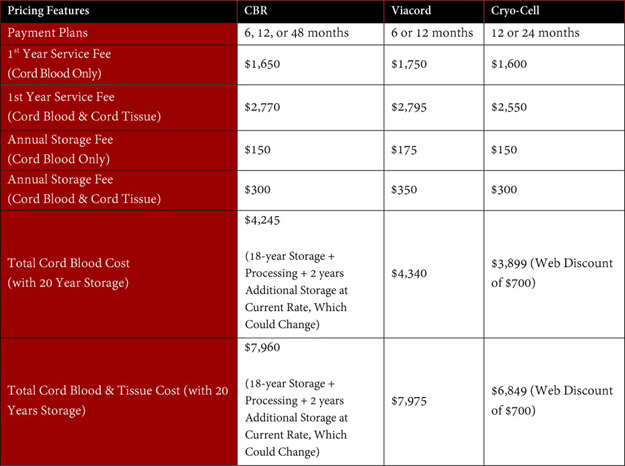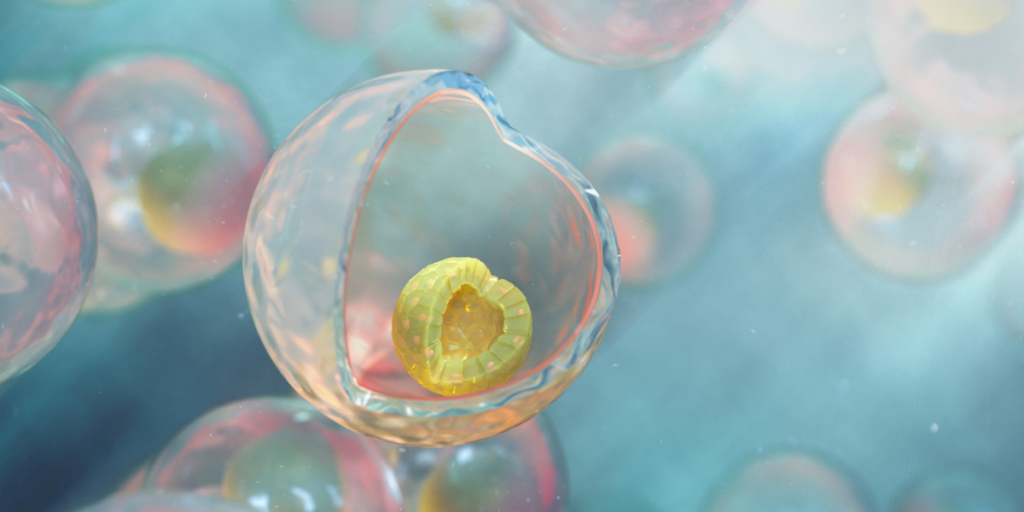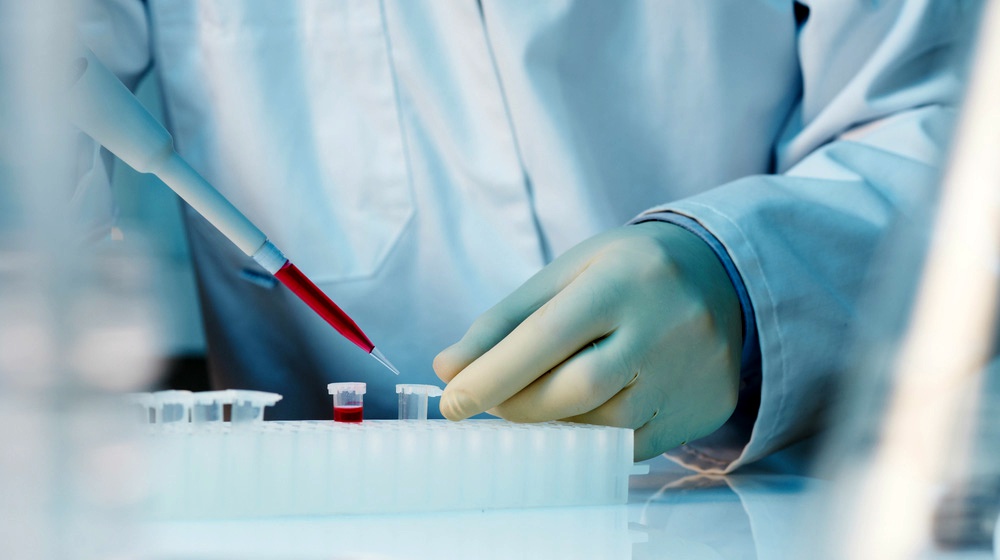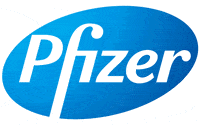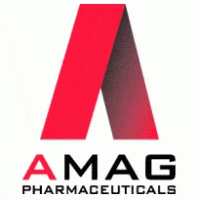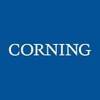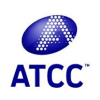Without question, some of BioInformant’s most popular content has been our interviews with key opinion leaders (KOL). Highlighted below are five interviews that have been widely shared across the stem cell industry. The first interview with Dr. Sadiq has gotten more than 2,200 shares on social media, so you definitely need to check it out. Enjoy!
Stem Cell Therapy Shows Promise for Treatment of MS – Q&A with Dr. Sadiq of the Tisch MS Research Center of NY
In breaking news from the Tisch MS Research Center of New York, Dr. Sadiq announced he is pursuing a Phase II clinical trial exploring the use of stem cells in the treatment of MS. The announcement followed positive results from a FDA-approved Phase I stem cell trial in which MS patients received multiple spinal injections of neural progenitors derived from bone marrow mesenchymal stem cells (called MSC-NPs). Compellingly, it was the first time ever that a treatment method has demonstrated reversal of established disability in MS patients. [Read more…]
